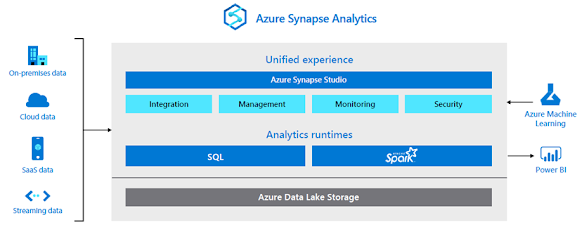Planning for SharePoint Migrations
Planning for an enterprise SharePoint Migration can be challenging, painful, frustrating, and time consuming.
Define
SharePoint Migration Goals
The first step in SharePoint Migration planning, or in any technology migration, is to define the goals and objectives. Simply put, this is defining:
- Why are we migrating?
- What must we have Day 1 on the new platform?
- What do we hope to get out of the new platform?
- What are the hopes/goals six months after launch? A year? 3 years?
These are small questions that can have
some big answers. Having defined goals and objectives before
deep diving into planning activity will help inform your analysis and
decisions. Each stage of the planning process should be viewed through
the lens of these goals and objectives. If the “why” of the migration
is part of a company-wide cloud initiative, then you know at the
outset that the option to leave behind legacy or complex
customizations is probably off the table. If the Day 1 objective is a
seamless cutover from the user perspective, then you can expect to put
more effort into planning and communication around cutover events,
and quality assurance efforts to ensure a positive user experience.
Inventory
of SharePoint Content
The goal of taking inventory of SharePoint
Content is to understand the total volume of content and sites, which will
allow you to start understanding the scale of a migration
effort. A helpful way to begin the inventory is to list out all
the site collections, sites, and subsites present in your current SharePoint environment.
From this list, you’ll continue to layer on useful information, such as who are
the business owners of content areas, and who performs day-to-day
administration of the site collections and sites. You should also gather
information on if the sites are still in use, or when it was last
modified. With this inventory, you’ll start to
develop an idea of how big your “move” is, and identified the
people to talk with when questions arise around where or how their
“stuff” should be migrated.
Data
clean-up
For SharePoint content, the goal is to look
at each site and determine if it should be Removed, Archived, or
Migrated (RAM). By using the RAM mentality, this will allow you to
plough head first into the pile of SharePoint content and make it more
manageable, so you are only migrating content that is in use
and necessary. To help determine this, you’ll want to look at site
activity metrics, such as when content was last modified or when
new site objects were last built out. The site usage metrics
will also help to inform your RAM decisions. Once you’ve collected that
usage information, present your recommendations to the business owners of
sites/content, and get their buy in on the decisions. If you were
unable to identify a business owner during your inventory, this is a
pretty good signal that a site is no longer needed!
Choose
the right migrations tools
There are few tools available in the market to complete the SharePoint migrations. Here are some of them:
- ShareGate
- Metalogix
- AvePoint
- DockIT
- MetaVis
If
you are currently in the process of migrating content to SharePoint, then please
contact Prometix for any assistance – enquires@prometix.com.au


Comments
Post a Comment